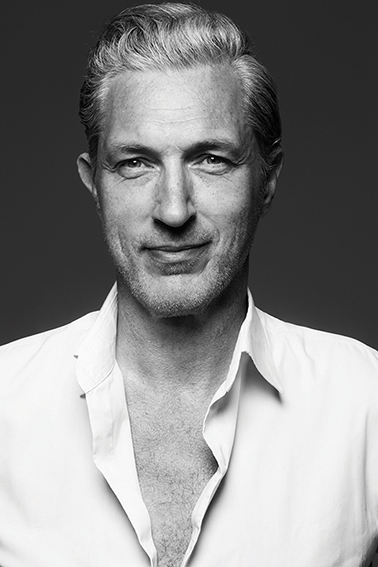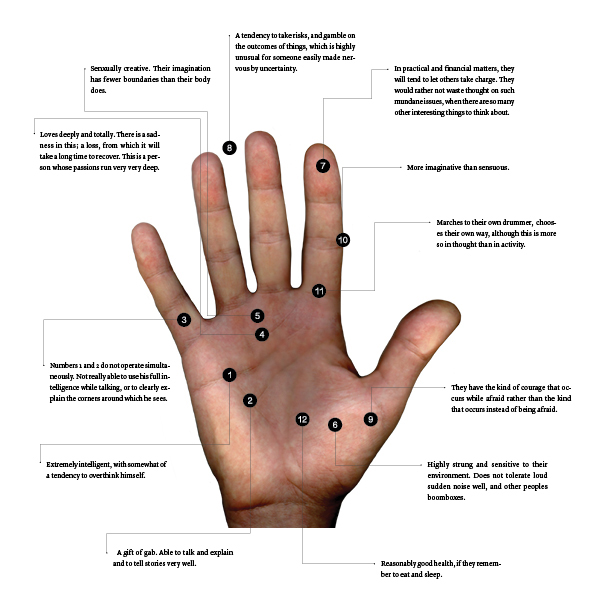
The days of cold industrialism are gradually melting away, and making way for empathetic environments that integrate sustainability and architectural history, thanks to iconic architect and designer, Marcel Wanders. Known around the world for the creation of the knotted chair, Wanders is starting a movement in design toward an age he calls the “Contemporary Renaissance of Humanism.” The age’s philosophy is more of an experience shared between designer, craftsman, and user, in which Wanders incorporates innovative materials with designs that reference historical styles. Thus, Wanders creates a space that encompasses familiarity, while still moving forward with cutting edge vision. Today, Wanders designs everything from tableware to hotels. Through the work of his large, powerhouse studio, Wanders has over 1,700 projects to his name for clients such as Alessi, Swarovski, Bisazza, KLM, Flos, and Puma, to name a few. Along with his own studio, he co-founded the successful design label Moooi, and is also its art designer. As Marcel Wanders becomes a household name, the world of design moves with him, wandering through reimagined history into a bright and innovative future.
What separates good from great design?
I think the difference between good and great design is up to the individual experiencing it. It is emotional, functional, and responsive. It creates an unwritten dialogue, a connection, between itself and those who experience it. It is open to interpretation, yet created for a specific purpose. The very best design, I feel, is that which resonates so deeply that people can’t help but discover something within themselves when they see it. It is authentic if, though part of the artificial world, the piece has created its own natural state. So it automatically finds its place in its surroundings and connects to the people it is made for.
What is your dream project?
I would very much like to design a big mosque. I think having the chance to explore the roots of a culture and reimagine them in as reverent a setting as a mosque would be fascinating, wonderfully challenging, and truly an opportunity to help build bridges between cultures and world views. Design is a political activity, it can proclaim peace, respect and unity in diversity. I would like to use it for exactly that.
What would you most like to be remembered for?
Modern design is suffering from a disrespect for the old. Its teachings tell us that the past is irrelevant for the future. Not only is it a quality that is shallow, but it is a quality that is by definition, unsustainable. During the years of my career, I hope I will be remembered for the re-introduction of our past for our future. But more than that I am here to create a more holistic design, less technocratic, more romantic, more humanistic, more subjective, more whole. Remember me as the mind behind the Contemporary Renaissance of Humanism.
Text by Zee Chang


